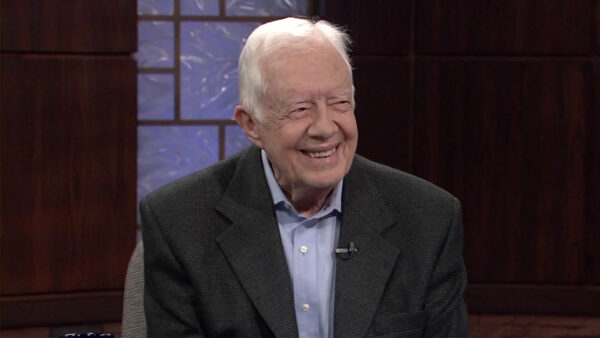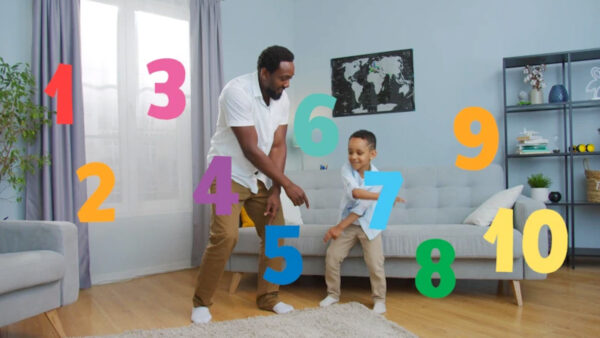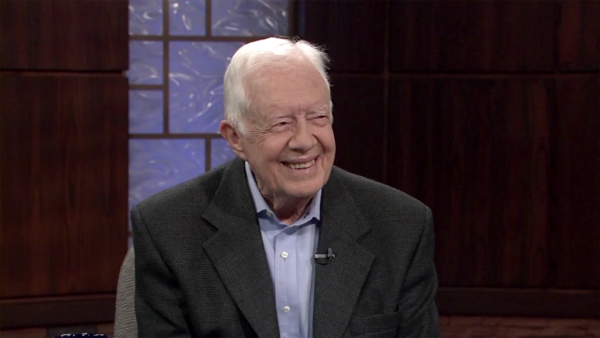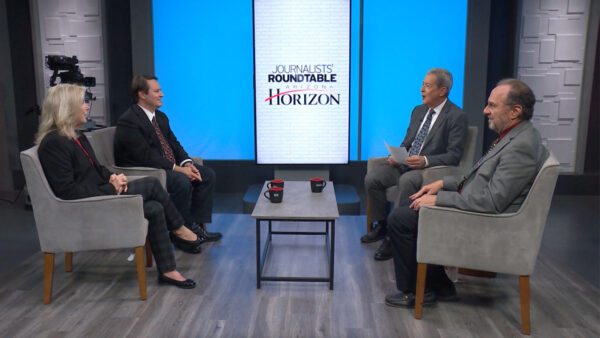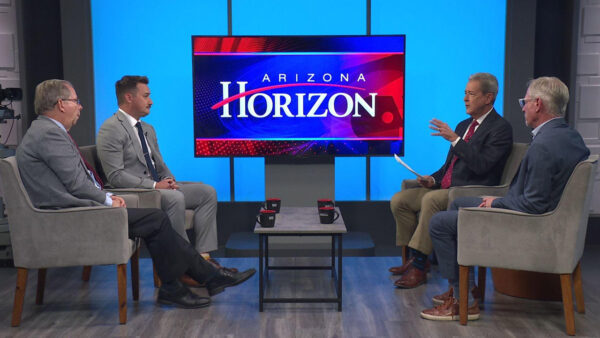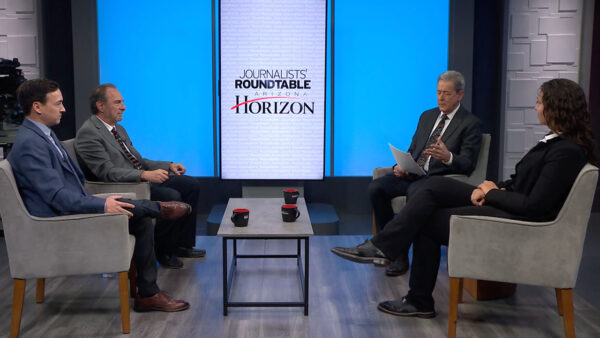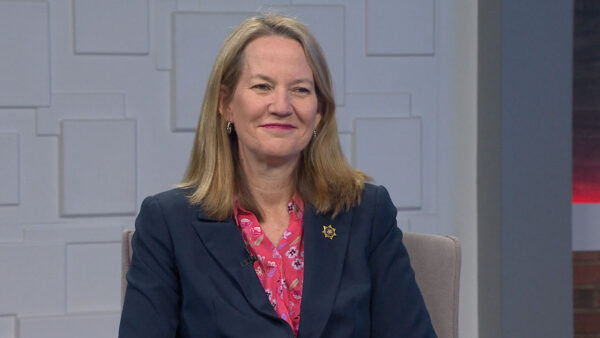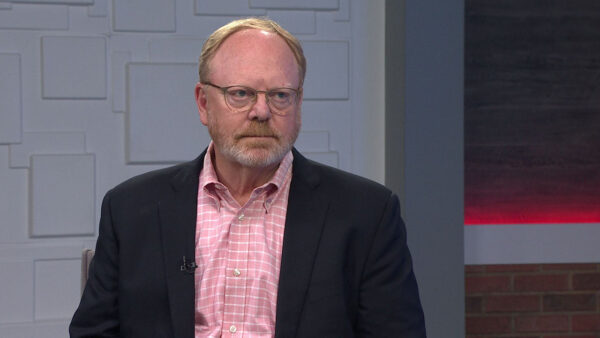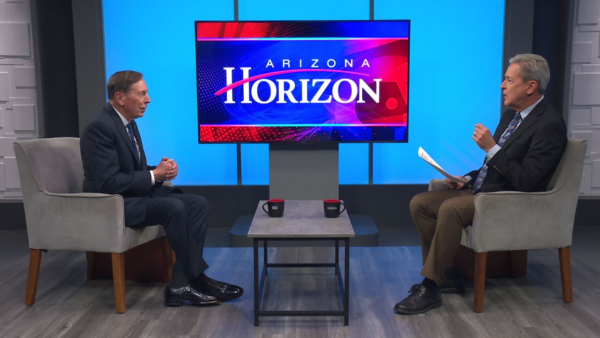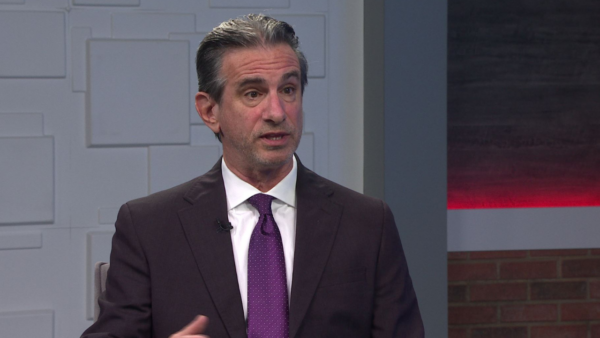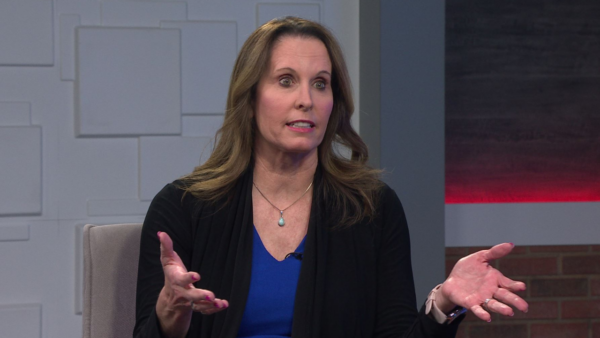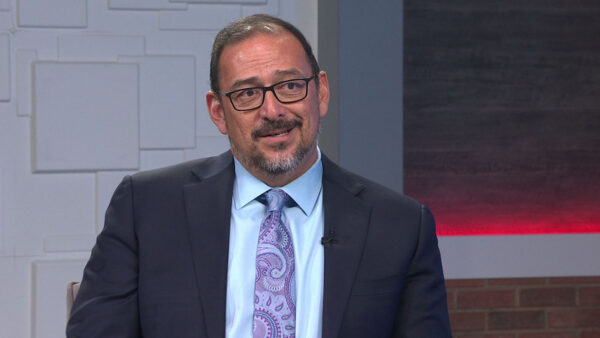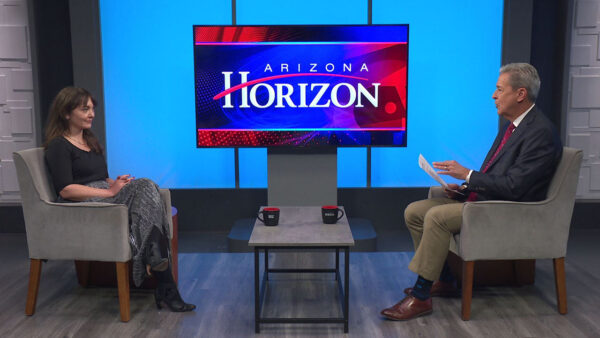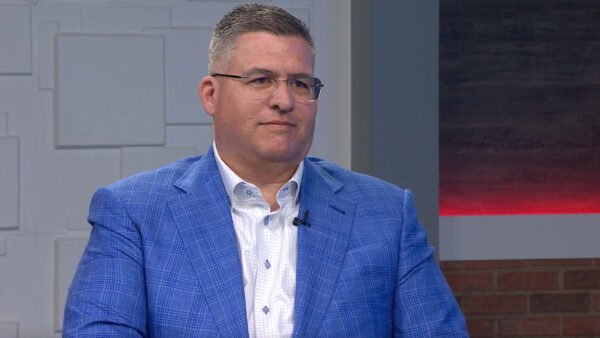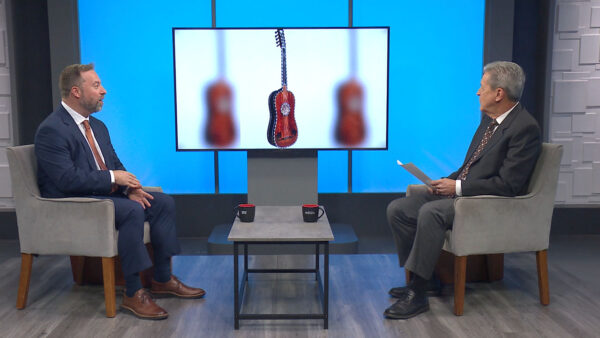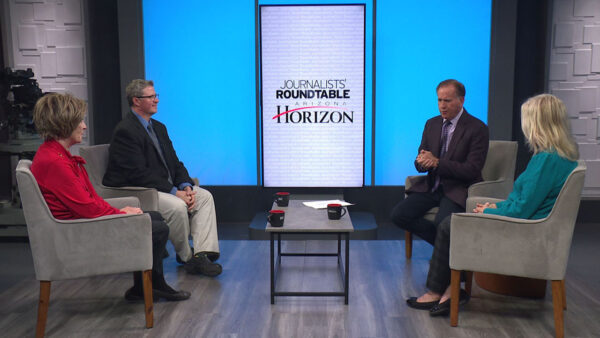The Arizona Corporation Commission voted to add a fee for those using rooftop solar panels. The new fee is 70 cents per kilowatt hour, which will add about $5 a month for a typical rooftop solar user. The fee was much less than sought by Arizona Public Service, which is seeking to reduce the subsidy given to solar power users by about half. Pat Quinn, director of the Residential Utility Consumer Office, will discuss the commission’s decision.
Ted Simons: The Arizona Corporation Commission voted last week to increase fees to solar power customers by about $5 a month. APS says that still is not enough to offset an unsustainable cost shift from subsidized solar power users to non-solar customers. Pat Quinn is the director of the Residential Utility Consumer Office, a group that wound up being very much a part of this particular conversation. First, thank you for being here with us. Your thoughts on the Corporation Commission's ruling.
Pat Quinn: They did an outstanding job. They took a complicated issue, that was made more complicated with all of the sort of exterior things going on in the media and advertising and stuff. And, and they boiled it down to the fact that, while one side, the solar industry say there are no costs and the utility APS say there is a ton of cost, they took a nice, leveled approach that allows solar to continue in the state and not really harm APS in the near future.
Ted Simons: I think the solar industry is concerned, though, that this measured approach still starts a ball rolling, and once that ball gets rolling, it will go downhill and increase speed and mass. Is this just the beginning of more of this kind of conversation?
Pat Quinn: Well, it's the beginning because we're talking about rooftop solar is all we're talking about. There are many other forms of, of distributed generation out there, and one of the things this came out of this decision, of the commission is they are going to start a docket and we'll look at the technologies out there, look at cost shifts and a lot of things before the next APS rate case because this is sort of the tip of the iceberg.
Ted Simons: I know Corporation Commission staff suggested waiting until the next APS rate case to tackle this. Did you think that that was a wise idea?
Pat Quinn: No. If we could have had rate case immediately, then I think it would have been a wise idea. But in the last APS settlement agreement, they were forbidden for coming in until 2015, so I did not want any more of this to go on until 2015, and let's look at it and we think that there are some issues, let's at least put a mechanism in place that, that starts to cover some of those shifted costs.
Ted Simons: And we should mention 77 cents per kilowatt per month fee added, that averages out between $4 and $5 a month?
Pat Quinn: It depends on the system.
Ted Simons: And this is the current rate payers and folks having their solar panels installed and grandfathered in?
Pat Quinn: They are grandfathered in, which is confusing. The commission in Arizona cannot set something for future commission; the future commission can always change what the current commission has done. So, generally, a grandfathering, we have had them in the past, it doesn't happen if they grandfather things like the 18,000 plus customers that we have now, and more than likely, nothing will change for those going forward. Everybody after, that buys after January 1 of 2014, that's not the case.
Ted Simons: An extra $5 or so.
Pat Quinn: Whatever the size is.
Ted Simons: What's the impact on solar lease agreements? First of all, explain those agreements because that seems to confuse matters a bit here.
Pat Quinn: Well, there is many options on how you can get solar. One of the ones popular now, and mostly what's being solar, is what they call zero down. So you, as a homeowner, put system on your roof, and you don't really pay anything, except a monthly lease. Generally, what the solar companies have told us is that they can save you about $5 to $10 a month that way. You may save $100 in electricity but you may be paying a $90 lease, so you are looking at a $5 to $10 margin, but you don't have any upfront money out of your pocket, either.
Ted Simons: And that $5 to $10 margin is taken up by the new fee.
Pat Quinn: That's right.
Ted Simons: Which is one of the reasons why the solar industry really, APS was looking at a higher fee.
Pat Quinn: Like ten times that.
Ted Simons: Exactly. Were you surprised by the ruling?
Pat Quinn: No.
Ted Simons: No.
Pat Quinn: I mean, if you looked at the five commissioners on Wednesday, they all put out what they wanted to do, and they were extremely varied. One commissioner wanted to put in the $50 plus a month, and another one at a $20 fee, which was what we said probably was the true costs were a $20 a month cost. But we wanted to phase it in over time to give the solar industry a chance to change their models. And so, three of the commissioners, the chairman, commissioner Bob Burns, and Susan Bittersmith, theirs were sort of centered around what we were talking about. And we thought there was a sweet spot there that we could combine some of those and make changes.
Ted Simons: The argument from APS is that basically, if you have solar panels, and you are selling electricity back to the grid, and I don't have solar panels, I have to wind up paying for infrastructure, the grid, as it were, because you are not. Is that a viable argument? And if it is, where in the world does it end? Because solar does not seem to be going anywhere.
Pat Quinn: Here's the problem with all of this. It is a viable argument. And you have the utility that's looking at historical costs. Let's take an example if you have a baseball ticket. What is it worth today? If you were the utility you would say I will look at my costs the last years and average them and I think it's worth $5. If look at the solar energy, they are going to say, let's look at what it is worth 30 years from now. You may have a suite and popcorn is more expensive, I think it's $100. Neither of those are germane to the issue. We looked at it and said there are some benefits of solar. But they are not many yet. What's going to happen is there should be more benefits of solar, but let's see when they come. One of the true ones, if you can push out when you have to build the next power plant, that's a benefit to the non-solar rate payers, too.
Ted Simons: So when APS says the cost shift from solar users to non-solar customers cannot be sustained, you are saying not necessarily?
Pat Quinn: Not necessarily. That's where we are going to do this in a rate case and some dockets before that. Their number is huge, and ours was not quite so huge, ours was 10% of theirs, so it's a difference of time. Any time you go from a regulatory type environment, to a different type of environment, which is distributed, generations are going to cost. There is a transition period and we wanted to make that as smooth as we could.
Ted Simons: How closely is this case here in Arizona being watched around the country?
Pat Quinn: Just before I came I read a story from Africa on it.
Ted Simons: My goodness.
Pat Quinn: So, it's being watched everywhere. There is a conference going on in Florida, the National Utility Association Regulating commissioners are down there. And they were speaking about it down there today. In fact, we had two good quotes, one from Moody's, which said that this is not as big of a deal as everybody thinks, which we agree with. Think about it, it's 18,000 customers today, and maybe it's 19,000 now, and APS has a million customers. How much of a cost shift can there be today? When that number is ten times bigger and it's 200,000, then we have an issue.
Ted Simons: Indeed, and that's why you have to wonder about what is the end game here?
Pat Quinn: The end game is we have to come up with a reasonable way over time to figure this out. So, as we move to cover more of those costs, and there is a disagreement on how much is shift, but as you cover those costs, more and more, there may be some benefits coming in from solar. Some of us, and I am of them, believe down the road, and I don't know how many years, there may be more benefits coming in from the solar side, than there is cost shift, so that should go to help in the non-solar customers.
Ted Simons: We talked Board of Directors on the program before, but you are looking at a model that's changing so fast, some folks are having trouble keeping up.
Pat Quinn: Yes. And regulatory is not a model that changes fast.
Ted Simons: Yeah, well, all right. And thank you very much for making this clear for us, I know you are a big part of that discussion there, and thank you for being here. We appreciate it.
Pat Quinn: Thank you for having me.
Pat Quinn:Director, Residential Utility Consumer Office;
